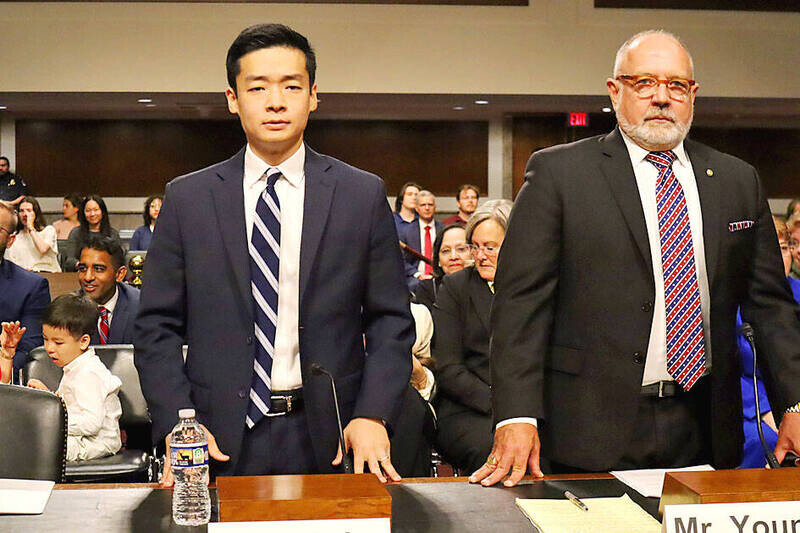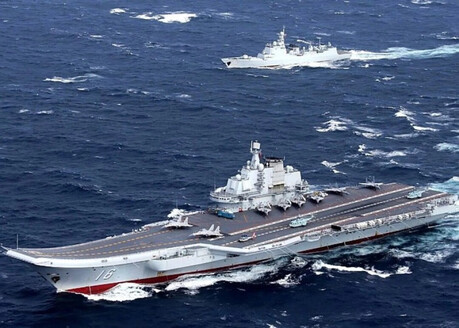
A nominee for a high-ranking position in the U.S. Department of Defense has strongly raised the necessity for Taiwan to increase its defense spending and urged efforts to secure asymmetric warfare capabilities. Amid escalating threats from China, Taiwan is accelerating military reforms and has declared a goal to raise its defense budget to 5% of its Gross Domestic Product (GDP) by 2030.
John Noh, nominee for U.S. Assistant Secretary of Defense for Indo-Pacific Security Affairs, made a firm statement on the need for Taiwan to increase its defense spending during his confirmation hearing before the U.S. Senate Armed Services Committee on Tuesday (local time). He strongly expressed support for President Donald Trump's earlier remark that Taiwan should spend up to 10% of its GDP on defense.
While assessing Taiwan's current move to increase defense spending as "all promising," Noh emphasized, "Taiwan must do its part to spend more and acquire the most appropriate kind of asymmetric capabilities for an invasion scenario." This reflects the consistent U.S. pressure for the island nation, facing the existential threat of the Chinese People's Liberation Army, to equip itself with stronger self-defense capabilities to counter the overwhelming Chinese forces.
Taiwan Sets Goal of 5% of GDP for Defense Spending by 2030
Taiwan's defense budget proposal for next year is at the level of 3.32% of GDP, but President Lai Ching-te stated in August that the goal is to increase defense spending to 5% of GDP by 2030.
In response, Taiwan's Minister of National Defense, Kuo Yu-tang (顧立雄), explained to reporters at the Legislative Yuan yesterday (local time) that defense spending is determined by the level of the enemy's threat. He confirmed, "As the President has pledged, the core defense spending will steadily increase to reach the final 5% the President promised." However, he added, "The overall fiscal situation and the requirements for force augmentation must also be considered."
Focus on Asymmetric Capabilities and Countering 'Grey Zone' Activities
In line with U.S. demands, the Taiwanese military is restructuring its forces to conduct 'asymmetric warfare'. This is a strategy of exploiting the enemy's weaknesses while avoiding their strengths, focusing on the development of more mobile and lethal weapons such as missiles, as well as lower-cost systems like drones that can be used for surveillance and attack missions.
Defense Minister Kuo stated that the focus of national defense is on asymmetric capabilities, strengthening resilience, expanding reserve forces, and responding to China's 'grey zone' activities (pressure acts just short of actual combat). Taiwan is currently implementing its military reforms through practical training, promoting a special budget of NT$113.2 billion (about 4.7 trillion Korean won) for strengthening military communication systems, upgrading facilities and infrastructure, and enhancing maritime defense capabilities. Taiwan's efforts to enhance its capabilities are expected to raise its deterrent against a Chinese invasion while acting as a major variable for regional stability.
[Copyright (c) Global Economic Times. All Rights Reserved.]




























